Italy is a treasure of art thanks to a rich, layered history, during which diverse civilisations built their cities and imaginative individuals found a fertile environment to reach new peaks. The details of art history are for experts, but here is a useful explanation of the times and styles just for a better appreciation of your visits.
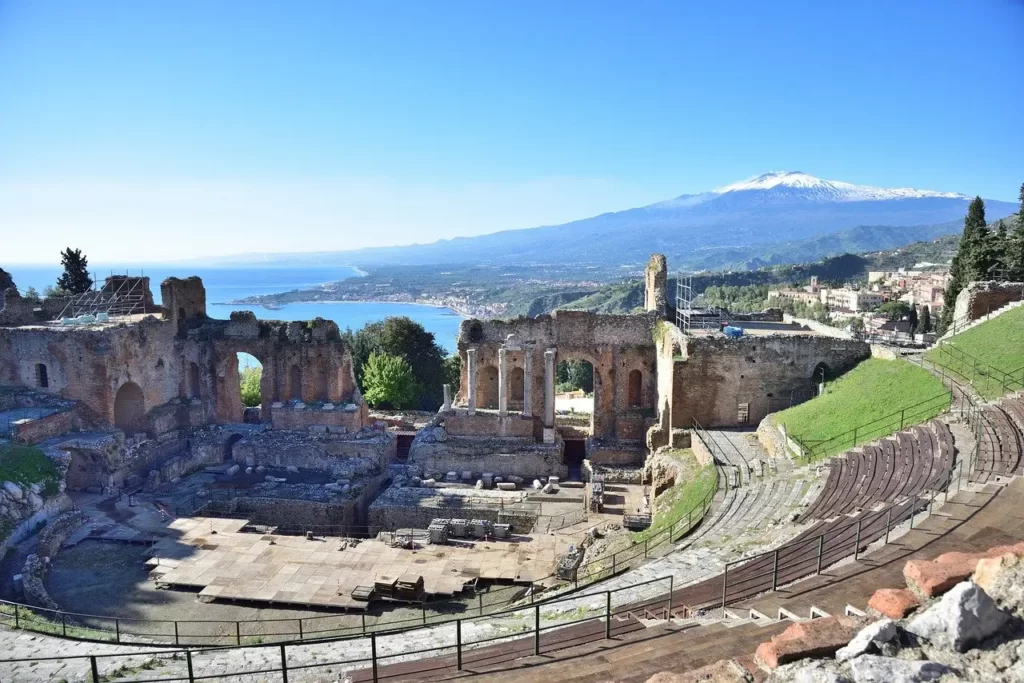
The earliest art lovers were the ancient Greeks: the eastern tip of Italy is just 80 km from Greece, and the seafaring people found, around 800 BC, fertile lands and great trade opportunities, establishing colonies very loosely connected to the original city: all Southern Italy became called “Magna Graecia”, the Greater Greece. The cities founded then are still showing for their origins include Naples, Taormina and Siracusa. While others, that fell to war or disaster, like Agrigento, Selinunte or Paestum, left us amazing temples and theatres. Greeks interacted much with a local civilisation: the Etruscans, who made great strides in metallurgy, sculpture (the first ones to excavate the Carrara marble) and stone buildings, with ancient towns like Cortona or Volterra still encircled by 2,500 years old defensive walls.

The ancient Romans greatly benefited from both people as they conquered them between 300 and 100 BC, learning techniques and perfecting art and architecture to new heights: the extensive use of arches made possible bridges so strong they are still in use, the coliseums in Rome and Verona, and the construction of massive buildings: the citadel in Rome was built all over the Palatine hill, from which the word “palace” as a grand, big structure, derives.
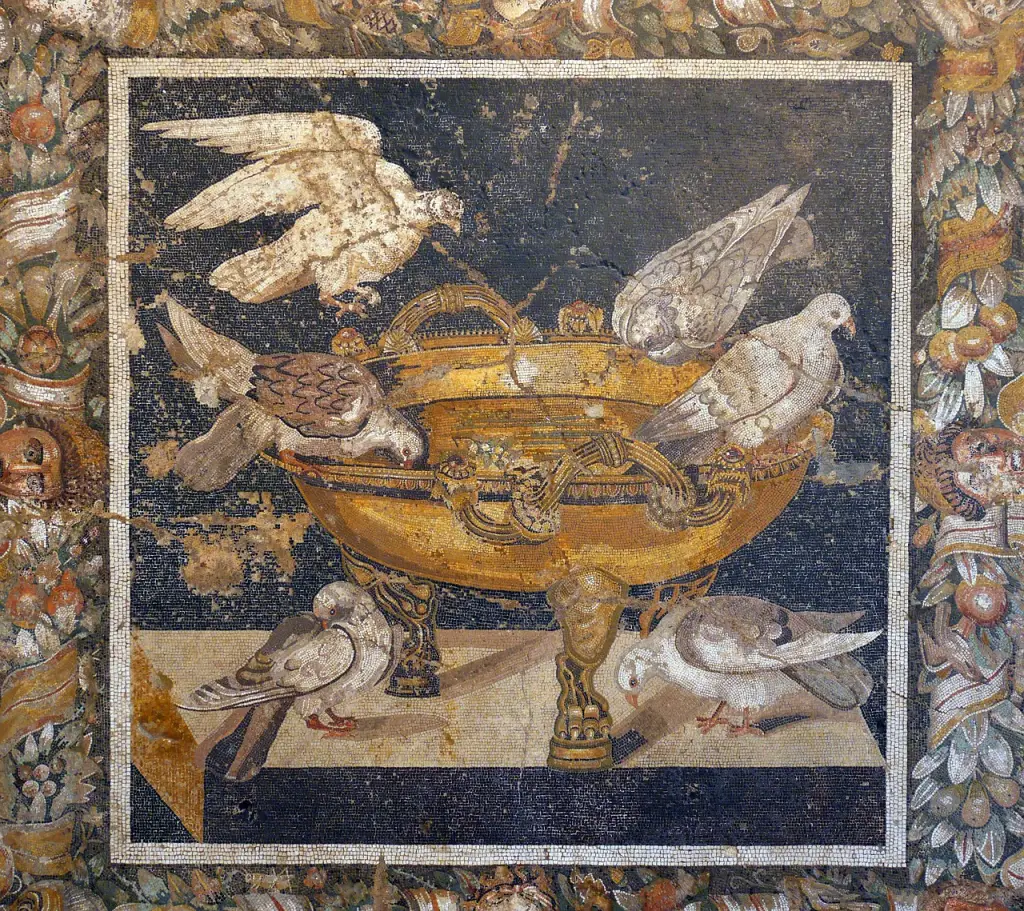
Romans would indulge in paintings, mosaics and sculpture, the most extraordinary collection being the Pompeii one, as it collectively provide us a view on a big Roman city exactly as it was just hours before being buried by the Vesuvius eruption in 79 AC. Roman art is also the basis for many more sites all over the country as, after the fall of the Roman Empire (476 DC) the political and economic system collapsed, greatly diminishing buyers and artists, so ancient pieces would be reused for lowering costs, incompetence or lack of craftsmanship; temples columns would become church pillars, Roman generals and emperor statues would be rededicated to saints, marble sarcophagi would be repurposed as altars, and even slabs, bronze nails and bricks would be salvaged as construction material.
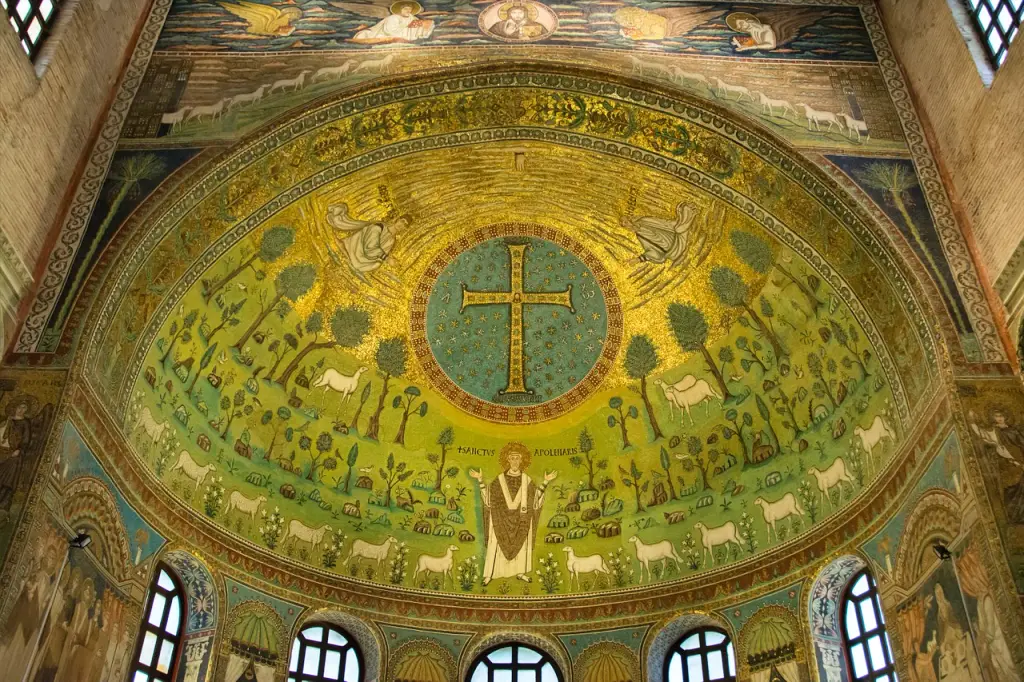
The only exception in this 500 years old stagnation was Byzantine art: the Eastern Roman Empire held few strongholds along the coast, with Ravenna as the local capital, where they built churches, palaces and tombs decorated with their highly influential mosaics. The stillness of the figures, highly symbolical content and exclusively religious themes (busy as they were in claiming both political and Christian power against the Barbarians) moulded the style of art (especially painting) until the Renaissance, and its function (as political message) until this day.
Architecture would experience a revival around 1000 AD, when the ascendancy of the Church caused the construction of new city churches, abbeys in the countryside, temples even in the villages and monasteries in the most remote places. The Romanesque style of the new wave of building was a reinterpretation of Roman techniques therefore favouring thick walls, arcades and vaults.

A supreme example is the Piazza dei Miracoli in Pisa, while already around 1100 AD the Gothic style made its way in Italy, especially in the North. Craftsmen all over Europe elaborated a collective style reaching great heights thanks to buttresses and pointed arches, exploring a new taste with spires, tainted windows and richer sculptures, that started a “Cathedral rush” with height and lighting playing a strong theological role.

Italian architects always contaminated Gothic style: either maintaining Romanesque aspects (or integrating later ones) or throwing in exotic elements; among the former case, the great churches of Florence, the Dome of Milan or the Basilica in Assisi, while the latter include the Oriental phantasies of the mad Venetians or the Arab-Viking fusion of Sicilian cathedrals.

Paintings and mosaics were meant to depict religious scenes, explaining Biblical stories to the masses of churchgoers of every social class, and each one was profoundly uneducated; only the great artists could rise above these constraints to show at least some original, insightful detail, like Giotto in the Scrovegni Chapel.
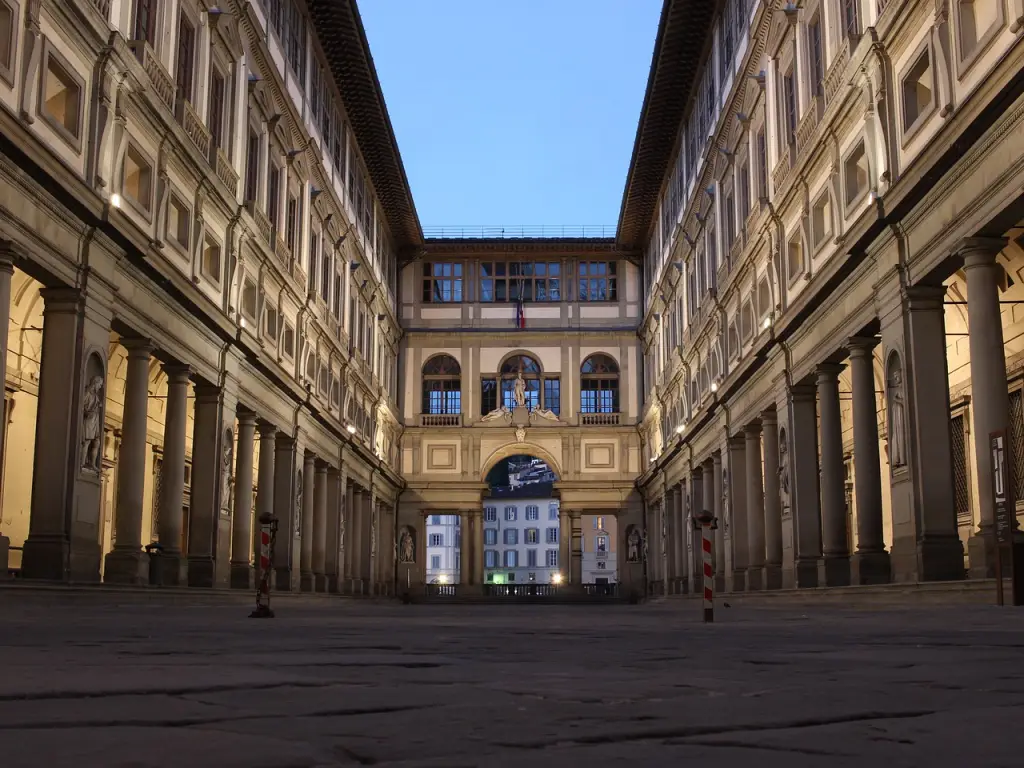
The Renaissance, starting around 1400, changed art by focusing on Man, his emotions and representation moving toward realism; even the environment would shift to a more practical depiction thanks to perspective and decoration tending to the most essential.

The first champions of change in architecture, painting and sculpture were Brunelleschi, Masaccio and Donatello respectively, though the later generation of Leonardo Da Vinci, Michelangelo and Raphael contributed much to “export” the new style; all were Florentines, with the exception of Raphael (that spent many years in the city, though, with his greatest collection being at Palazzo Pitti). The style, including its late stage or Mannerism, produced countless art pieces and dozens of palaces and great residences of Italian princes and noblemen, like in Mantova or Vicenza, where the genius of Palladio reshaped the city, and architecture principles, forever.
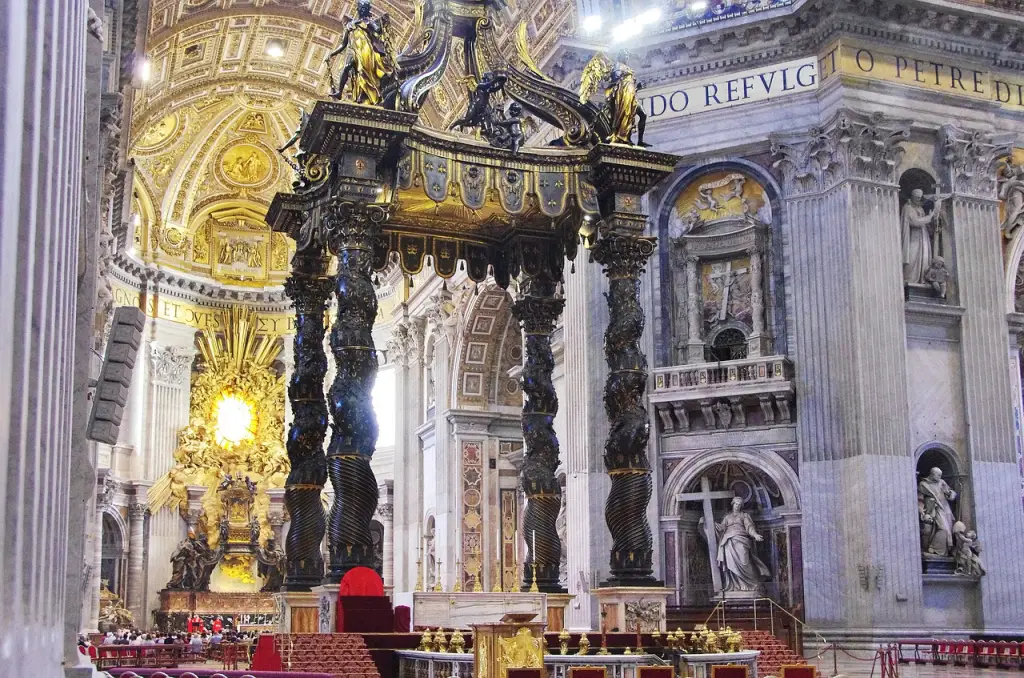
The 17th century restored the centrality of religion with the conflict between Catholics and Protestants, the former elaborating the Baroque style, with a rich ornamentation meant to oppose the latter’s austerity and to attract churchgoers; the Vatican was completed in Rome, as well as many churches and palaces by the rivals Bernini and Borromini; particularly vast was the Baroque spread in the South, especially in Sicily as its east cities were razed by a quake and entirely rebuilt. Caravaggio symbolises the style in painting, with the latent conflict expressed in drama, shadows and primary colours; he strongly influenced the art after him.
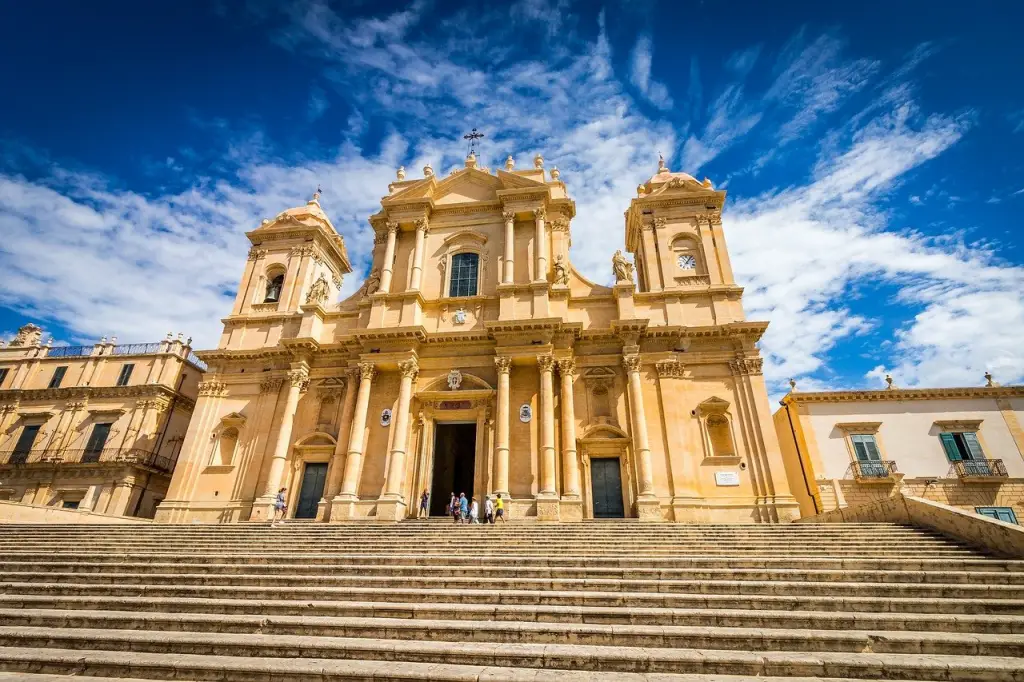
After 1750 a revival of antiquity was ignited by the rediscovery of Pompeii and the Roman studies of historian Winckelmann, and spread easily thanks to the development of engraving: the Neoclassicism style was inspired by Greek, Etruscan and Roman art, and the historical context of Enlightenment and the Napoleonic Empire provided a good match in terms of values and intellectual ambition.
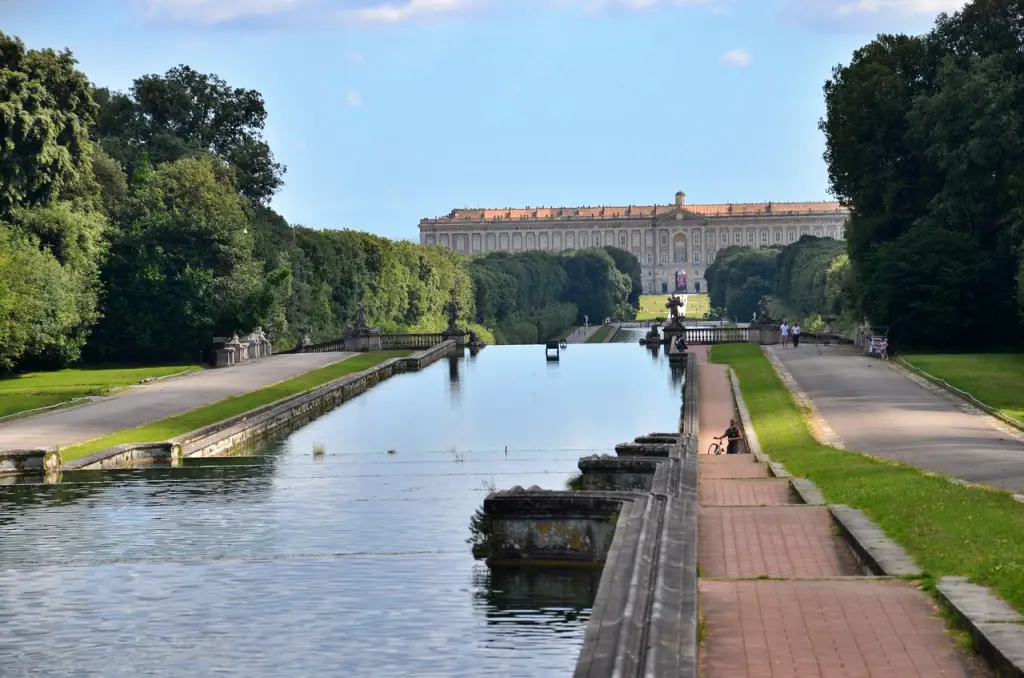

The Reggia di Caserta, the many statues by Canova and the new opera houses, like La Scala in Milan or the San Carlo in Naples, are splendid example of that era. The later Art Nouveau (dubbed Liberty in Italy) left us many palaces and the new artistic Galleries in glass and steel in Turin, Milan, Palermo among other cities, but their impact was not as grand as the 1920-1970 Rationalism, with many huge building and railway stations in almost every city centre, like the Staton of Milan and the “Square Coliseum” in Rome.
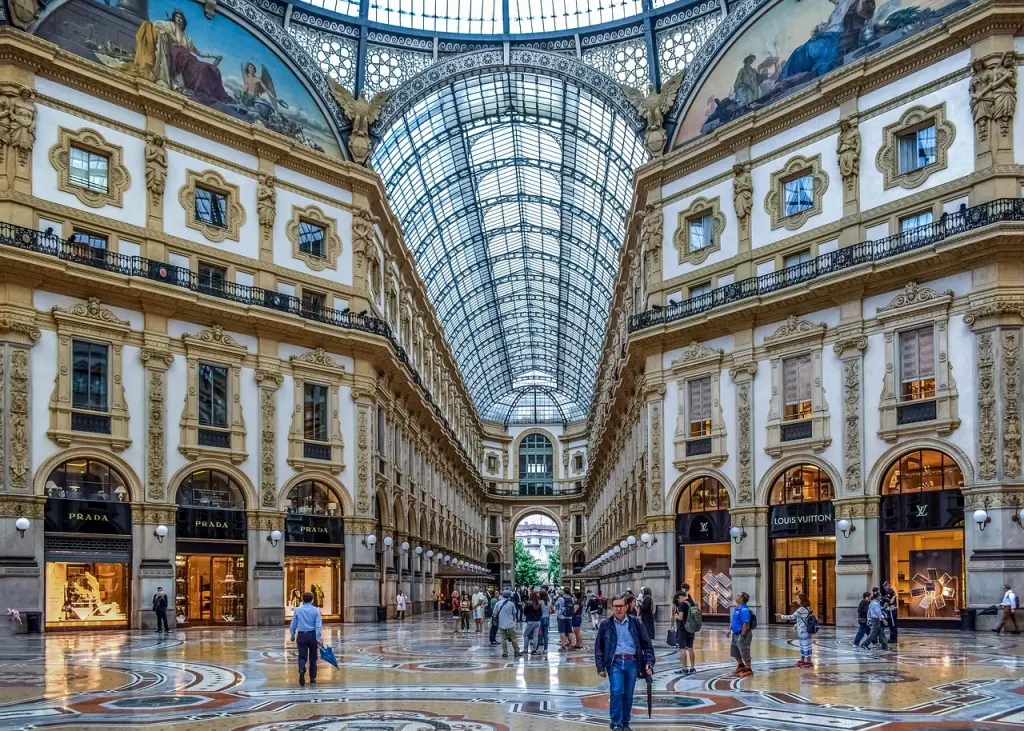
More recently, modern art has been successfully juxtaposed with classic one, with the giant statues of Igor Mitoraj at the Pompeii and Agrigento archeological sites, the big LOVE in Piazza Affari in Milan; and Florence displays new ones every year around the historical centre. Guggenheim Venice, Triennale di Milano are Palazzo Strozzi in Florence are among the leading modern art institutions.
